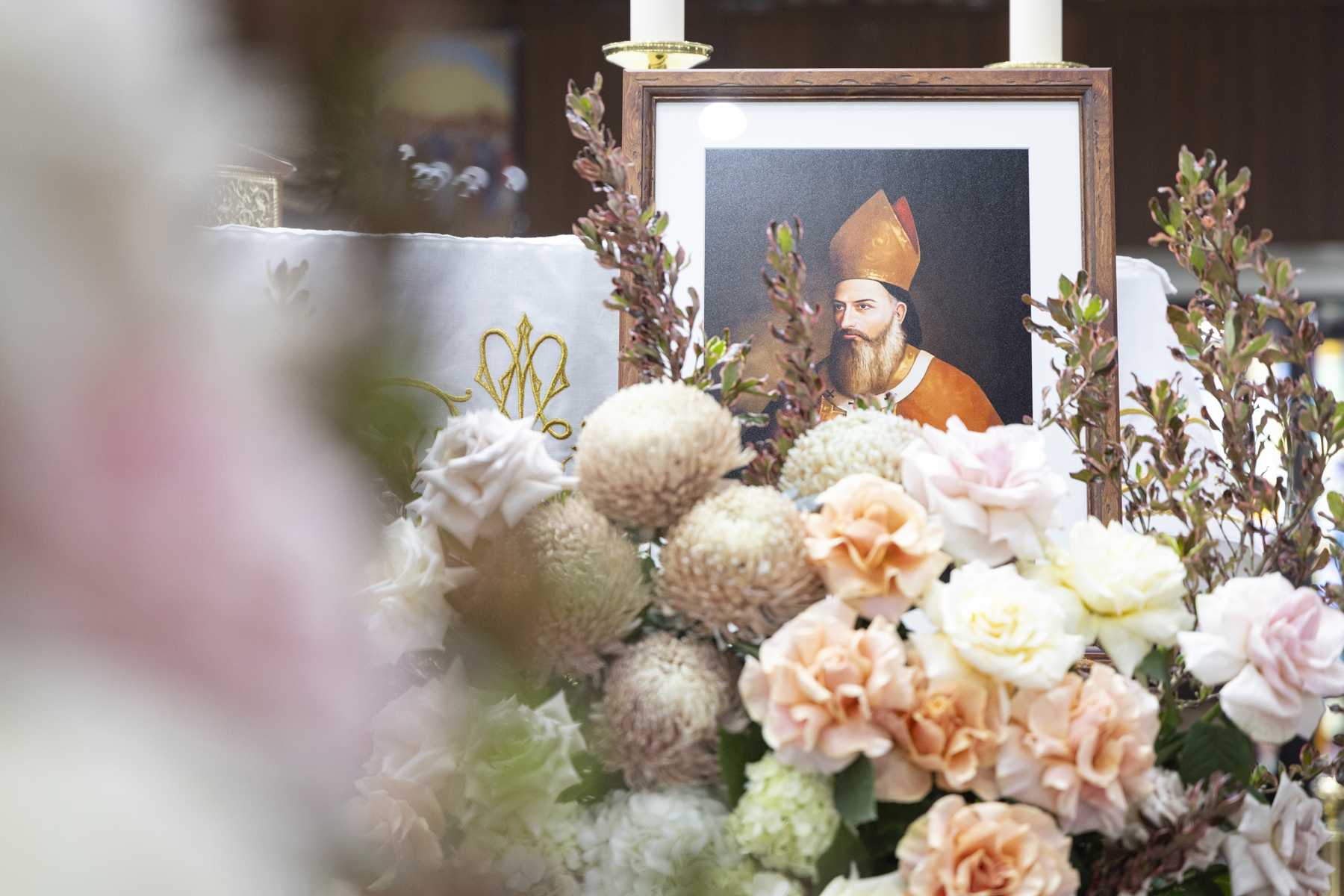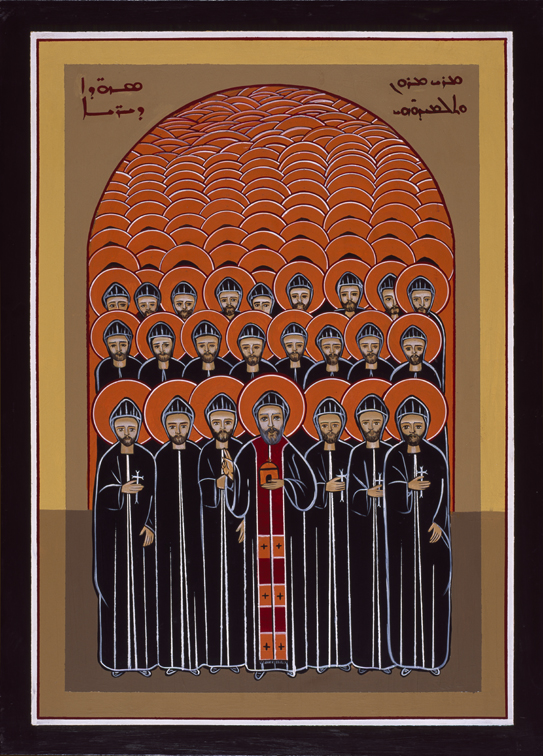September 5, 2024
By: Fr Ron Hassarati
Prayer is the cultivation in one’s heart of receptivity, openness and acceptance before the God who offers himself to us.
If God is eternally offering his Holy Spirit to humanity, then prayer is saying “Yes” to that offering.
It is the act of receiving this offering into the depths of one’s heart through faith.
St Paul tells us “the love of God has been poured into our hearts by the Holy Spirit who has been given to us” (Rom 5:5).
Prayer allows us to relish and deepen the experience of this divine outpouring.
The Catechism aptly states that contemplative prayer “is like entering into the Eucharistic liturgy” (CCC 2711).
In the Eucharist, we receive the Body of Christ into our bodies; in contemplative prayer, we receive the Spirit of Christ into our hearts.
These are two dimensions, one sacramental and the other spiritual, of the same reality: the Father’s offering of the Son through the Holy Spirit.
Prayer is not just about receiving; it is also about giving.
We receive Christ and, through him, offer ourselves back to the Father in the Holy Spirit. Thus, in prayer, we share and participate in the inner life and love of the Trinity.
Jesus prays in the Gospel of John, “I have made you known to them, and will continue to make you known in order that the love you have for me may be in them and that I myself may be in them” (Jn 17:26).
These words express an unparalleled love and the highest dignity to which we can aspire. The only response worthy of such goodness is silence filled with love, gratitude, and adoration.
Prayer is not just peaceful and blissful. Many mystics remind us of its purgative aspect.
As one delves deeper into prayer, the light of God’s love exposes the hidden devils, demons, and monsters within the soul.
We must also confront past traumas, the effects of which persist within us. This can be a harrowing experience, akin to a crucifixion and descent into hell.
Genuine contemplative prayer is always a participation in the death and resurrection of Christ.
To share in the glory of the resurrection, we must be prepared to share in his crucifixion.
This process unfolds in God’s time, according to each person’s capacities and limitations. This is why the Eastern Fathers recommended not embarking on the journey of prayer without a wise spiritual guide.
The above definitions of prayer emphasise the passivity of the one who prays and the activity of God. The soul is always feminine before God, which is why Mary is the model of perfect prayer.
Through her “let it be,” Mary allowed God to choose her, to overshadow her with the Holy Spirit, and to fill her with his power. She permitted God to raise her, despite her lowliness, and to fill her with good things.
Her openness and receptivity made her the most fruitful of all beings, blessed among women, the virgin mother, the Mother of God. Christ was the fruit of her womb and her prayer.
This is the secret of Christian sanctity and fruitfulness. Only by retreating into prayer can one move forward with power. Only by being united to the vine can one bear fruit, for “without him we can do nothing” (Jn 15:5).
In prayer we uncover our true identity as children of God. Only when we have discovered this identity will our lives bear fruit—fruit that will last.
Fr Ron Hassarati is a Priest of the Maronite Eparchy of Australia, New Zealand and Oceania




